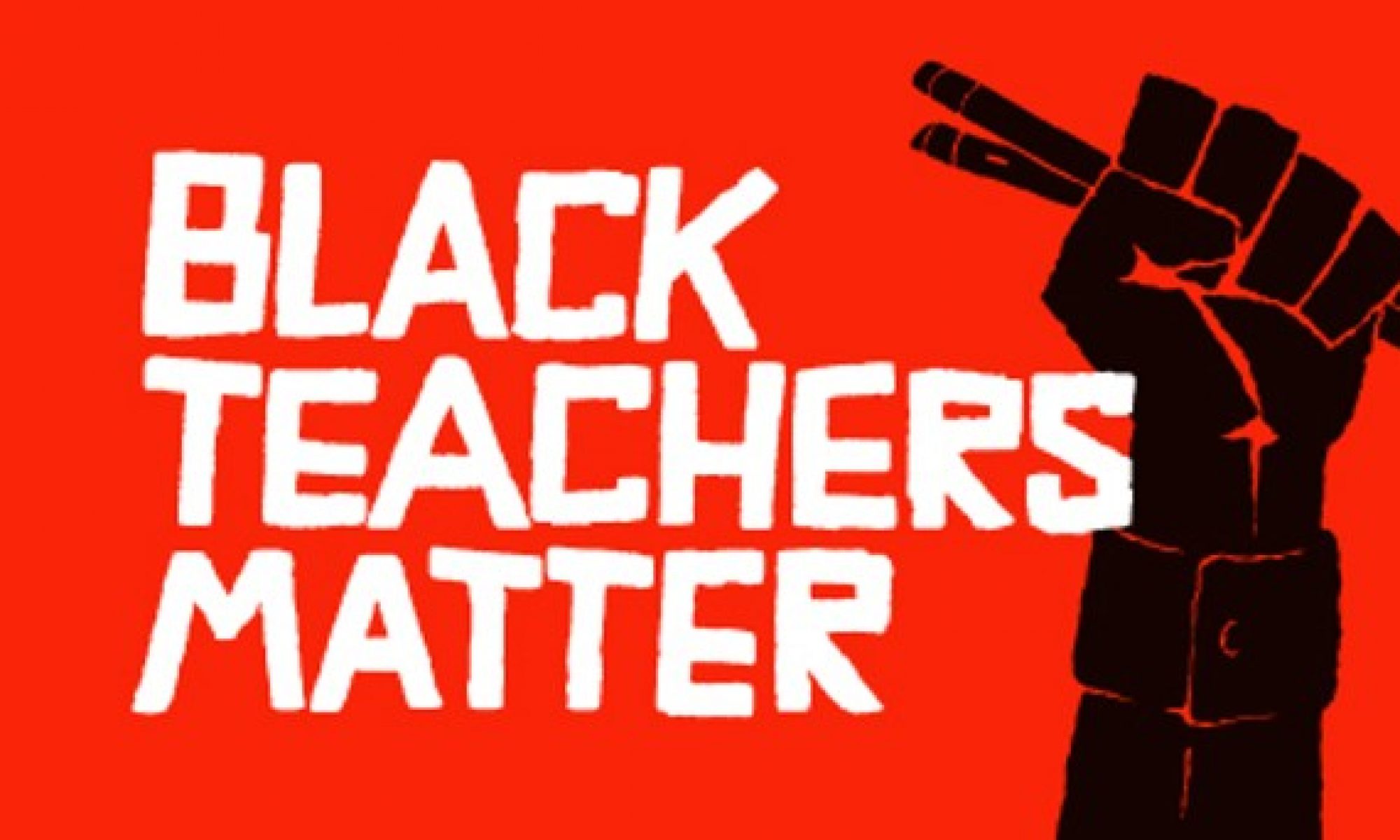Artifact: EdTPA Lesson Sequence
Standard 3.a. Planning for Standards-Based ESL and Content Instruction.
Candidates know, understand, and apply concepts, research, and best practices to plan classroom instruction in a supportive learning environment for ELLs. They plan for multilevel classrooms with learners from diverse backgrounds using standards-based ESL and content curriculum.
The artifact I chose for Standard 3.a is my lesson sequence from my EdTPA submission. My lesson sequence illustrates my deep knowledge of the best practices to plan classroom instruction in a supportive learning environment for ELLs. One of the modes of assessment I presented in my lesson sequence was Fist to Five, a simple yet effective technique that allowed me to assess quickly the comprehension levels of my students. By having a visual of the Fist to Five process on the wall, my ELLs are able to properly utilize this tool. This particular poster, along with other basic visual assessments, is an example of how I design my classroom as [a] supportive, positive learning environment.
By strategically curating my lesson sequence, I learned the importance of assessment placement, making sure my assessments are effective and reflective of my entire student base. In order to allow me ELLs to access the content, I learned that even though a supportive environment is paramount, rigor cannot be sacrificed. As such, another component of my planning for content instruction is the use of graphic organizers. Along with Fist to Five and other kinesthetic, fast assessments, a graphic organizer is a mode of assessment…that addresses students’ diverse backgrounds, developmental needs, and English proficiency.
In order to fully comply with this standard, I scaffolded my graphic organizers, with the same goal in mind. For my higher-level ELLS, my planning involved providing sentence starters even within the organizer, while my lower-level ELLs (include SIFE) might have an entire block pre-filled. By differentiating my graphic organizers, I am exhibiting best practices to plan classroom instruction; graphic organizers are an effective method to raise ELLs comprehension through visual illustrations or vocabulary and key terms.
Both the Fist to Five and graphic organizer were both smart additions to my lesson sequence. However, next time, I will try to vary my assessments in order to have a more active classroom and allow students more self- and peer-assessment.


